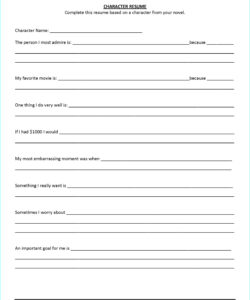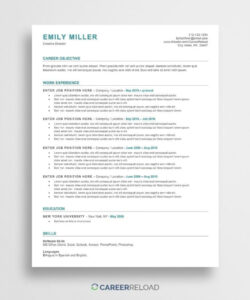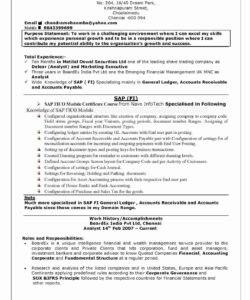When it comes to writing a resume, there are many things to consider. One of the most important is how to write the date. The date is an essential part of any resume, as it helps employers understand when you worked at a particular job or completed a particular task. In this article, we will discuss how to write the date in a resume, including the different formats you can use and the best practices to follow.
Before we dive into the details, it’s important to note that there is no one-size-fits-all approach to writing a resume. Different industries and employers may have different preferences when it comes to formatting and style. However, there are some general guidelines that you can follow to ensure that your resume is clear, concise, and easy to read.
Formatting the Date in Your Resume
When it comes to formatting the date in your resume, there are three main formats to choose from:
- Month Day, Year (e.g., January 1, 2022)
- Day Month Year (e.g., 1 January 2022)
- Year Only (e.g., 2022)
Each of these formats has its own advantages and disadvantages, depending on your personal preference and the requirements of the job you are applying for. Here are some things to consider when choosing a date format:
- Month Day, Year: This format is commonly used in the United States and is often preferred by employers who want to see a specific date range for your employment history. It is also useful if you have gaps in your employment history that you want to explain.
- Day Month Year: This format is commonly used in Europe and other parts of the world. It is often preferred by employers who want to see a chronological list of your work experience.
- Year Only: This format is useful if you have a long work history and want to avoid cluttering your resume with too much detail. It is also useful if you are applying for a job in a field where your work experience is less important than your skills and qualifications.
Best Practices for Writing Dates in Your Resume
Regardless of which date format you choose, there are some best practices to follow when writing dates in your resume:
- Be consistent: Use the same date format throughout your resume to avoid confusion.
- Be specific: Include the month and year for each job or educational experience to provide a clear timeline of your work history.
- Be honest: Don’t try to hide gaps in your employment history by leaving out dates. Instead, explain any gaps in your cover letter or during the interview process.
Conclusion
Writing the date in your resume may seem like a small detail, but it can have a big impact on how employers perceive your work history. By following the best practices outlined in this article, you can ensure that your resume is clear, concise, and easy to read. Good luck!
FAQ
Q: How do I write the date in a resume?
A: There are three main formats to choose from when writing the date in your resume: Month Day, Year; Day Month Year; and Year Only. Choose the format that works best for your personal preference and the requirements of the job you are applying for.
Q: Should I include the day of the week in my resume?
A: No, it is not necessary to include the day of the week in your resume. Stick to the month, day, and year format to keep your resume clear and concise.
Q: How do I explain gaps in my employment history?
A: If you have gaps in your employment history, it’s important to be honest about them. You can explain the gaps in your cover letter or during the interview process, but don’t try to hide them by leaving out dates.
Q: Can I use a different date format for different jobs on my resume?
A: No, it’s best to use the same date format throughout your resume to avoid confusion. Choose the format that works best for your personal preference and the requirements of the job you are applying for, and stick with it.


